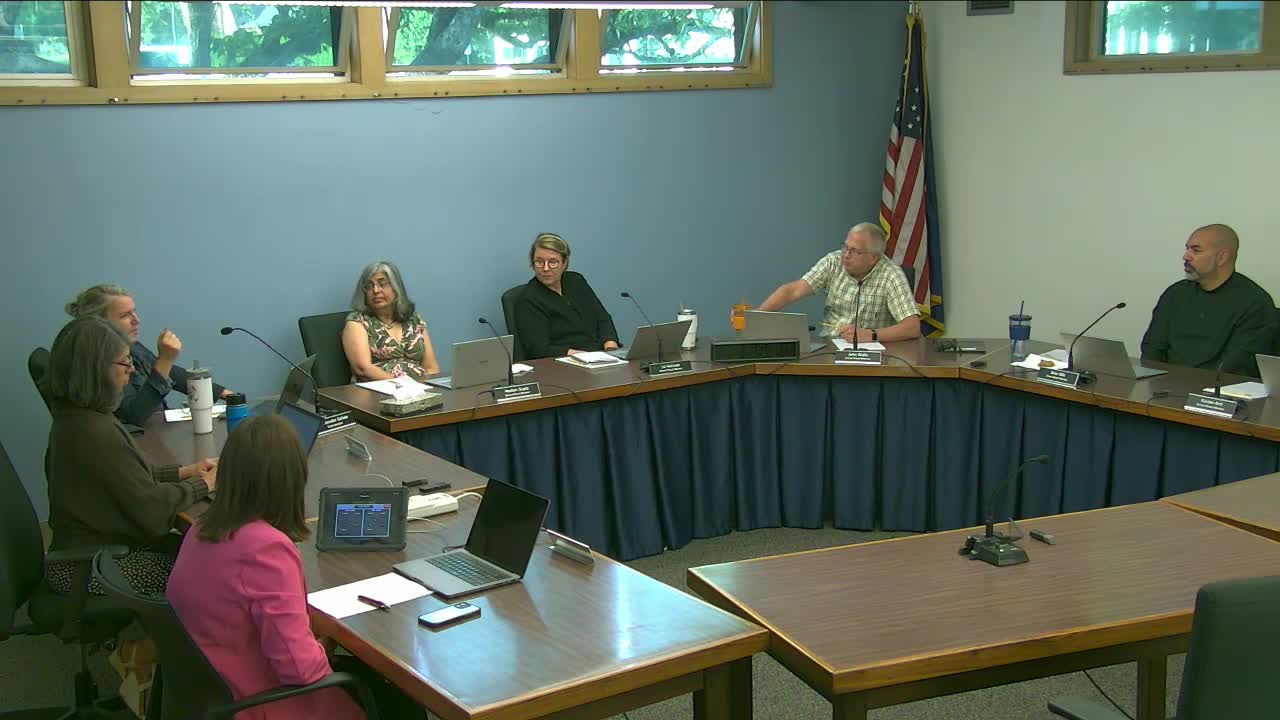Schools brace for state ban on student phone use
August 26, 2024 | Lake Oswego SD 7J, School Districts, Oregon
This article was created by AI summarizing key points discussed. AI makes mistakes, so for full details and context, please refer to the video of the full meeting. Please report any errors so we can fix them. Report an error »

In a recent government meeting, officials addressed significant concerns regarding the reliance on mobile phones in educational settings, highlighting the inequities faced by students who cannot afford such devices. The discussion emphasized the need for equitable solutions to ensure all students have access to necessary resources for classwork.
Participants acknowledged the challenges of communication between parents and schools, particularly in emergency situations. While classrooms are equipped with phones, the process for reaching students during emergencies remains cumbersome, as calls must go through the school office. Officials noted that student aides could assist in relaying messages, but the current staffing levels at high schools limit direct communication options.
The meeting also touched on the broader implications of technology use in schools, particularly regarding sports teams and practice notifications. Officials proposed utilizing existing school infrastructure, such as loudspeakers and digital displays, to improve communication about schedule changes, rather than relying on text messages from coaches.
A significant point of discussion was the anticipated state-level legislation aimed at regulating mobile phone use in schools, expected to be introduced next spring. Officials expressed a commitment to developing a clear and enforceable policy that addresses the distractions posed by phones while fostering a productive learning environment. They acknowledged the cultural shift required for successful implementation and the importance of adapting to new educational tools.
The meeting concluded with a recognition of the mixed reactions from parents and the community regarding these changes. However, many expressed gratitude for the proactive steps being taken to enhance the educational experience for students across all grade levels.
Participants acknowledged the challenges of communication between parents and schools, particularly in emergency situations. While classrooms are equipped with phones, the process for reaching students during emergencies remains cumbersome, as calls must go through the school office. Officials noted that student aides could assist in relaying messages, but the current staffing levels at high schools limit direct communication options.
The meeting also touched on the broader implications of technology use in schools, particularly regarding sports teams and practice notifications. Officials proposed utilizing existing school infrastructure, such as loudspeakers and digital displays, to improve communication about schedule changes, rather than relying on text messages from coaches.
A significant point of discussion was the anticipated state-level legislation aimed at regulating mobile phone use in schools, expected to be introduced next spring. Officials expressed a commitment to developing a clear and enforceable policy that addresses the distractions posed by phones while fostering a productive learning environment. They acknowledged the cultural shift required for successful implementation and the importance of adapting to new educational tools.
The meeting concluded with a recognition of the mixed reactions from parents and the community regarding these changes. However, many expressed gratitude for the proactive steps being taken to enhance the educational experience for students across all grade levels.
View full meeting
This article is based on a recent meeting—watch the full video and explore the complete transcript for deeper insights into the discussion.
View full meeting
